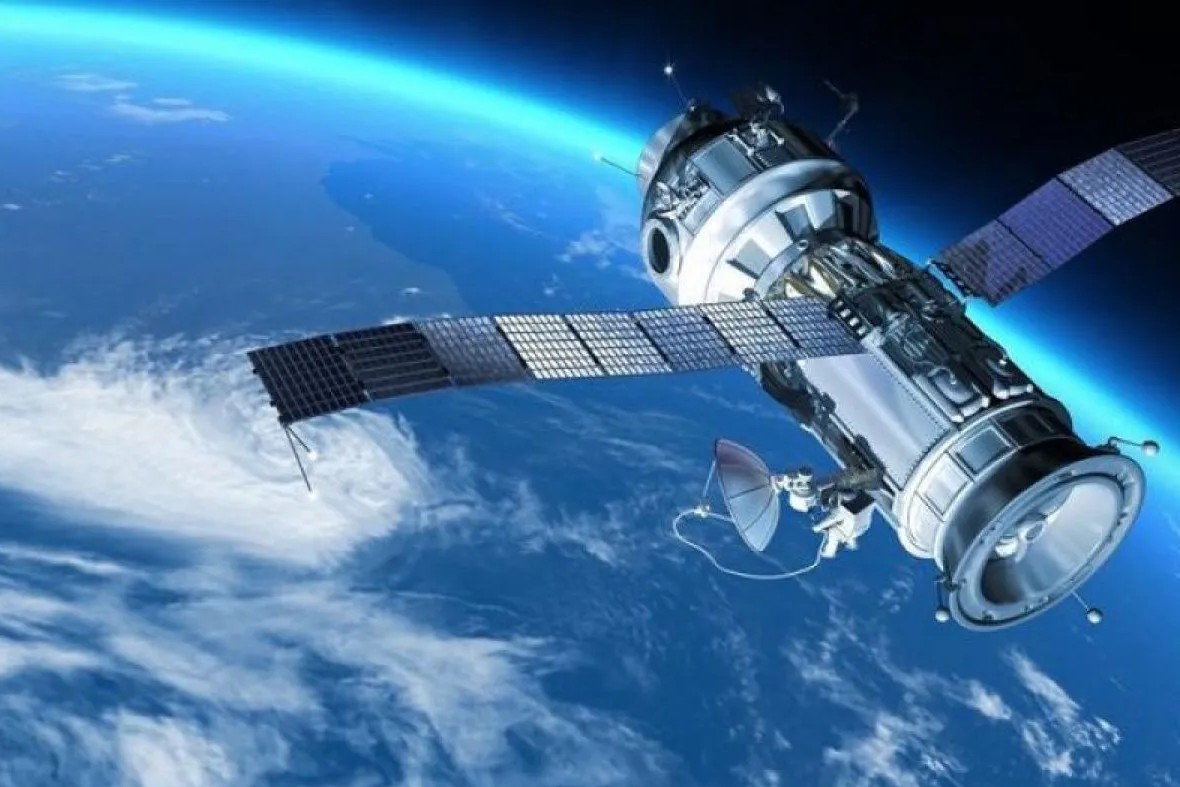The Asia Pacific Satellite Conference (APSAT) 2025, organized by the Indonesian Satellite Association (ASSI), was held at the Fairmont Hotel Jakarta on June 2–3.
The event centered on the synergy between technological innovation, sustainable policy, and regional cooperation. APSAT has become a strategic forum to strengthen a resilient and inclusive satellite ecosystem in the Asia-Pacific.
“APSAT has become a vital benchmark for satellite industry development in the Asia-Pacific,” said ASSI Chairman Anggoro Widiawan.
“Every year, we not only witness technological progress but also the growth of strategic collaboration between countries and sectors”.
With over 17,000 islands, satellite connectivity is not a luxury for Indonesia, but a strategic necessity.
In areas beyond the reach of terrestrial networks, satellites are essential for access to education, healthcare, public services, and digital economic opportunities.
Satellite Infrastructure Central to Indonesia’s Digital Transformation Strategy
Minister of Communication and Digital Affairs Meutya Viada Hafid, represented by Director General of Digital Infrastructure Dr. Deni Setiawan, emphasized that the Ministry places satellite infrastructure at the center of Indonesia’s National Digital Transformation Strategy.
This aligns with the vision: “Connected Indonesia: More Digital, More Advanced.”
To enhance global competitiveness and keep pace with technological development, the Ministry introduced Regulation No. 3 of 2025, designed to be adaptive, flexible, and inclusive.
This new regulatory framework is intended to support stronger investment and accelerate the adoption of modern satellite technologies.
Key Regulatory Changes to Support Satellite Industry Growth
Regulation No. 3 of 2025 includes several key measures:
- Simplified licensing procedures to reduce bureaucratic barriers.
- Obligations for satellite operators to build control and monitoring facilities within Indonesia, ensuring responsible use of traffic, terminals, and content.
- Increased collaboration between domestic and international industry players to build national satellite capacity.
These reforms are intended to encourage a robust environment for innovation and investment within the satellite sector.
Embracing Emerging Satellite Technologies: LEO and NTN
The Ministry supports the integration of emerging technologies in the satellite sector, in line with global developments. This includes:
- Low Earth Orbit (LEO) satellites, which provide low-latency, high-speed connectivity across wide regions.
- Non-Terrestrial Networks (NTN), including Direct-to-Device (D2D) technology that enables end-users to connect directly to satellite networks without terrestrial infrastructure.
“These innovations are not just technical milestones,” Meutya stated.
“They are inclusive enablers that help us connect the unconnected and uphold our principle that no one should be left behind in the digital era”.
A Platform for Joint Action Toward a Connected Future
APSAT 2025 serves not only as a dialogue forum but also as a platform for collective action. The Ministry of Communication and Digital Affairs reaffirmed its commitment to partnerships with global satellite players through knowledge-sharing, joint production, and local talent development.
“Let us seize this opportunity to foster an open, sustainable, and responsive space ecosystem, and work together to build a satellite industry that is inclusive, innovative, and rooted in regional excellence,” said Meutya.
ILLUSTRATION: ANTARA
This article was created with AI assistance.
Read More






 Wednesday, 17-12-25
Wednesday, 17-12-25







